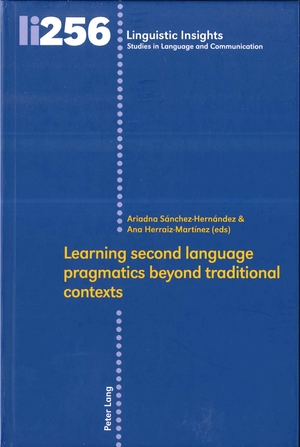
Nowadays, most interaction between students and professors is carried out by means of emails. According to Crystal (2006), emails include an obligatory element (obviously, the message) and two optional elements: greeting (or opening) and farewell (or closing). Previous research (e.g., Bou-Franch, 2011; Félix-Brasdefer, 2012) has examined openings and closings in emails, but, to our knowledge, research on these two moves in follow-up emails is scarce. Thus, the present study aims at addressing this gap by analyzing the pragmalinguistic patterns in openings and closings of both initiating and follow-up request emails sent to professors to ascertain whether politeness is present in the electronic exchanges. The corpus consisted of 25 email exchanges which included a three-step sequence: (1) first-contact email, (2) professor’s reply, (3) student’s follow-up email. Findings point to the use of informal openings (Greeting expression + professor’s first name) in the initiating mails, a fact that is more prominent in the follow-up emails, which open with the professor’s first name and no greeting expression. As for closings, the expression Regards and intensified forms of thanking the professor for complying with the request are present in the first email, but these forms decrease substantially in the follow-up email. In view of this lack of politeness indicators, students in their follow-up mails seem to establish a more egalitarian and close relationship with faculty members, ignoring some variables such as unequal status and power between the interlocutors.